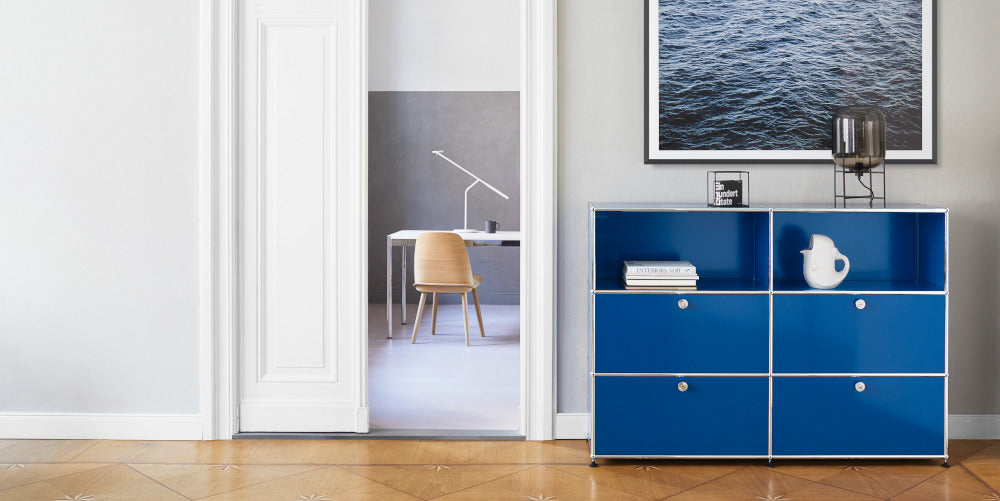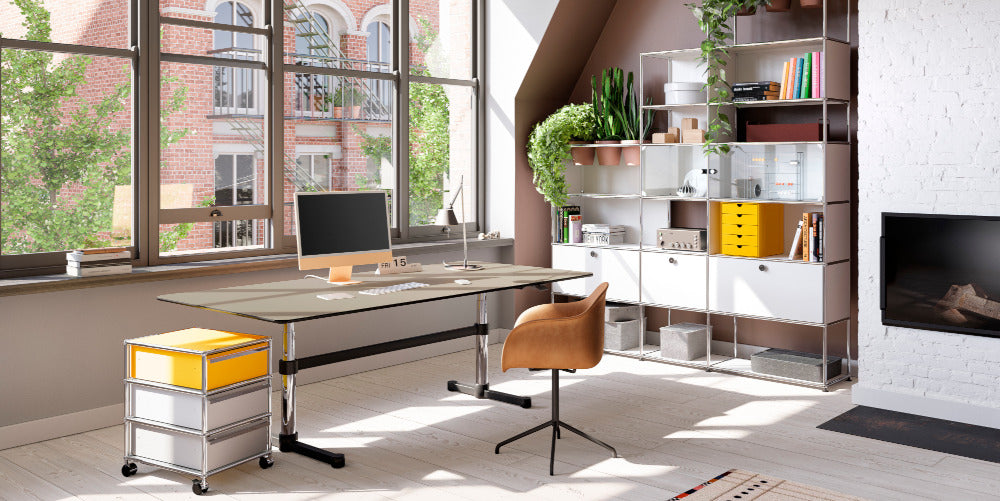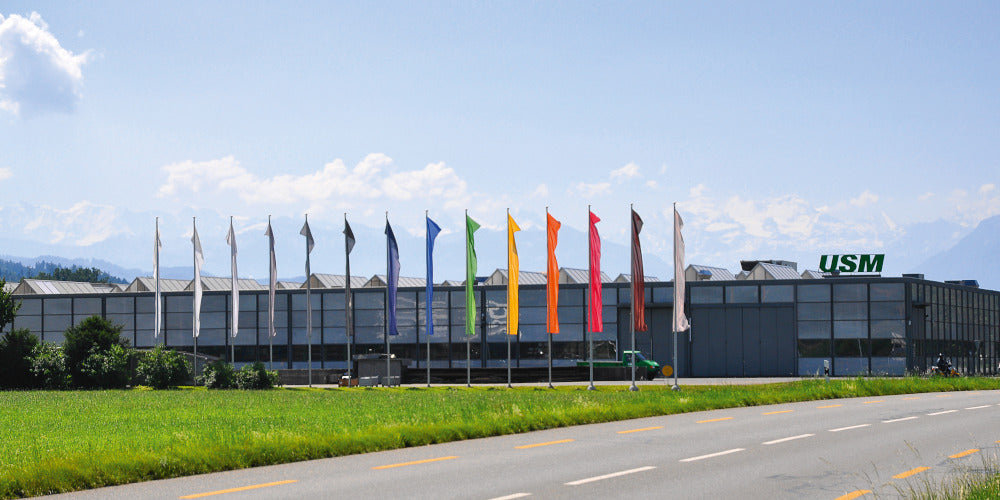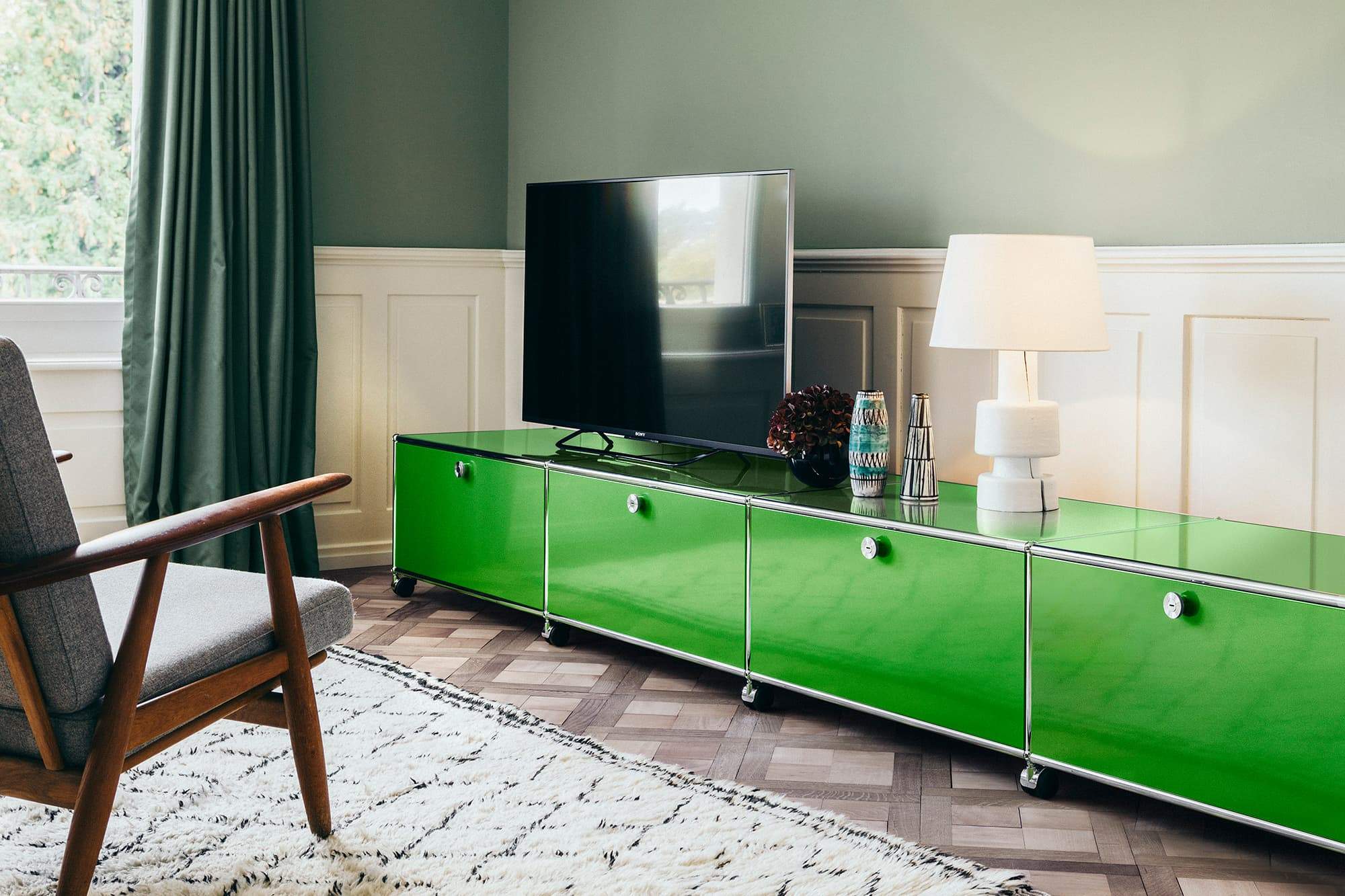New York, united states
A Brooklyn Kitchen Reinvented
This stately mansion, in Brooklyn’s Fort Greene neighborhood, was designed in 1878 by the prominent architect Edward Kendall and later inhabited by Colonel Nathan Turner Sprague, an entrepreneur who was described as “one of the best known citizens of Brooklyn.”
More than a hundred years later, the three-story house has been taken over by a multigenerational family determined to celebrate the architectural legacy of the landmarked building, while updating the living quarters to reflect their contemporary taste. “I have a lot of admiration for the original architect of the building, and it was a lot of pressure to honor his brilliance,” says Monika Norwid, an interior designer who, in 2007, bought the brownstone with her parents, brother and sister-in-law.
One of the boldest moves she and her family made was to relocate the kitchen from the garden level, where the servants used to do the cooking, to the parlor floor, which has become the family’s communal area. (The rest of the house is divided into individual apartments.) To offset the dark-wood panelling in what was formerly the formal dining room, Norwid filled the space with USM Haller glass showcases, which allow light to travel unobstructed from the adjacent Victorian solarium. “I thought it would be fun to create a kitchen that doubled as a laboratory – an airy, glassy, experimental place where you can play with food and wine and discover new flavours,” the designer says.
In the middle of the room stands a USM Haller yellow lacquered glass standing table – glowing like a gemstone in a jewel box of a kitchen – which Norwid used as a reference to the stained-glass windows the decorative artist John La Farge designed for the house. She was drawn to USM, she says, for its functionality, high quality, adherence to environmental standards and, of course, flexibility. “It gave me the sense that I was fully committed to the concept of the kitchen, but I wasn’t committed to the exact dimensions of it,” she says. “It can grow and shrink and be modified with the needs of the family.”
Also, although the cabinets are freestanding, they needed to have the same sense of solidity as built-ins. “It’s really important that USM cabinetry be built with such technological precision that it does not move,” Norwid says. “The last thing you want is things trembling or not secure. USM just feels like a tank.” The ultimate measure of the design’s success is one simple fact: “I can’t get people out of there!”
“It’s really important that USM cabinetry be built with such technological precision that it does not move, The last thing you want is things trembling or not secure. USM just feels like a tank.”
— Monika Norwid
If you want to purchase a USM Haller piece yourself design it now in
our online configurator, or find a quick-ship selection of curated
USM pieces in our online shop, or find your local sales partner here.
Or visit our USM showroom in London.





